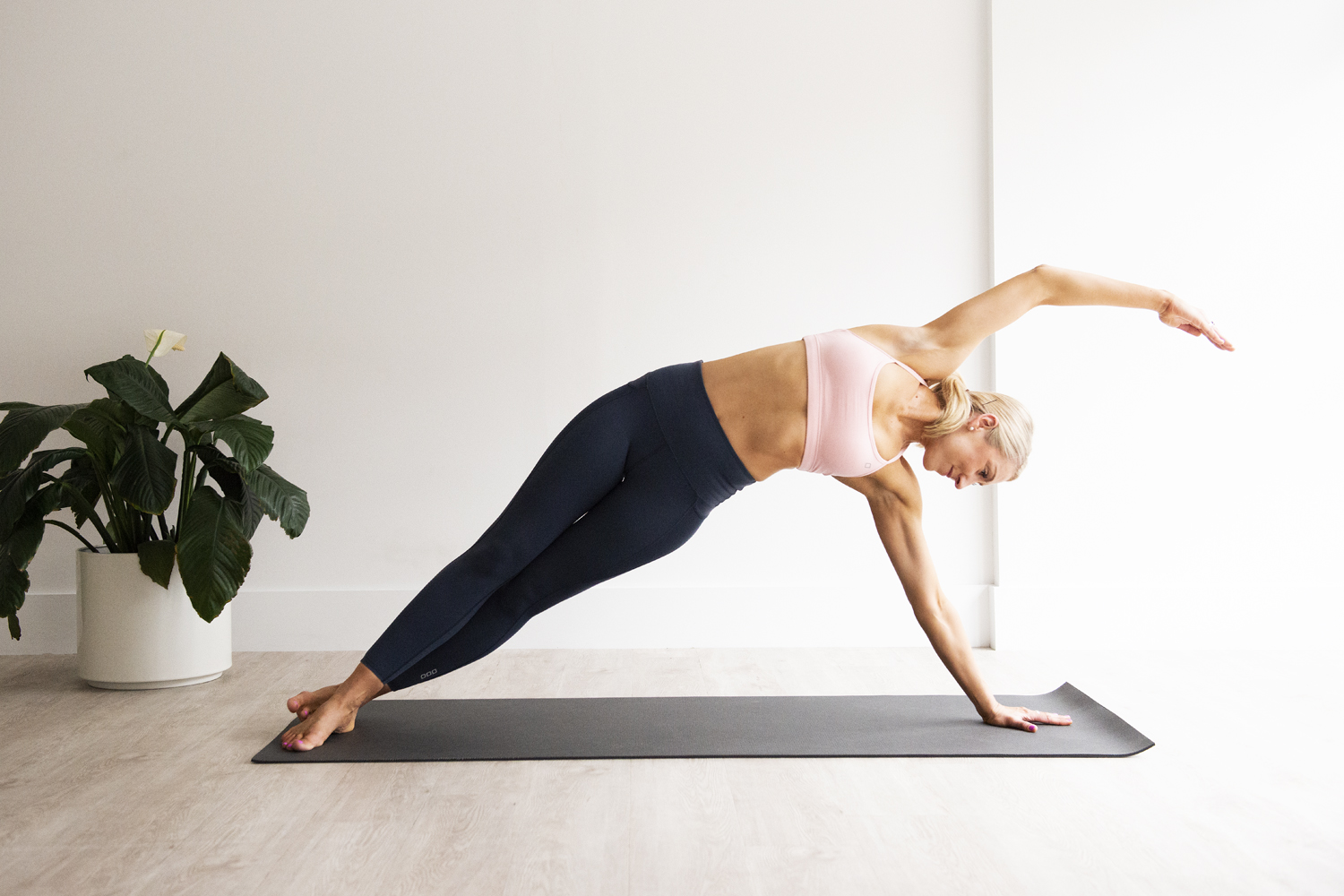The Importance of Stretching
In this blog APPI Unite Health Course Educator, Eva Heraud, explores "Stretching".
Eva hails from the UK and qualified as a physiotherapist in 2003. She gained a depth of experience in the public and private sector, alongside traveling and working as an underwater videographer. Eva moved to Melbourne in 2010 where she focussed on Pilates and movement-based Physiotherapy. She studied APPI in 2003 and completed a range of Pilates training alongside further study in biomechanics. In addition to this, Eva founded Have Movement in 2018. Read more here.
Stretching in Pilates
Love to stretch? Here’s the whats, the whys, and the hows...
What is stretching?
The motion at a joint and the passive lengthening of the muscle.
- Mobility - joints actively move through their range of motion.
- Flexibility - muscles lengthen passively through their range of motion.
- Skin, fascia, nerve… along for the ride. Stretched as their make up allows - flexi skin, stiff fascia, protectively tight nerves.
- Our nervous system oversees. Protective strategies for overstretching.
Let's consider the why…
To encourage joint range before adding complexity or load.
To rest a muscle in a lengthened position.
To transition between repertoire.
To possibly prevent injury and reduce delayed onset muscle soreness.
However, just because it feels nice doesn’t always mean it is effective.
- Perhaps it is tight because it is weak or is it already long?
- Is tightness a protective strategy of our overseeing nervous system?
- Is there muscle imbalance and compensation preventing this pattern from changing?
- Is the stretch reinforcing this imbalance?
Yes a nice stretch is just lovely…
The slowing down to breathe and relax into a stretch is a magic space…
The magic really happens when we combine individual biomechanics with a stretch.
Hello assessment and clinical reasoning… Welcome to the pilates party.
Work out where is short and long; where is weak and strong.
Look for asymmetries and stretch to invite movement, safely and positively. Shine a light in the brain.
Joseph Pilates looked to animals for his inspiration. Watch dogs stretch. They lengthen for a moment then off they go.
- Dynamic stretching is most utilised in Pilates. The muscle is repeatedly lengthened and shortened in a controlled and flowing manner, to maximise the full functional range of a joint.
- Static stretching is a commonly used sustained stretch of 15-30 seconds.
- Hold relax stretching (PNF) is a beneficial style of stretch; a muscle is contracted by adding resistance immediately prior to stretching.
When teaching
- Name
- Explain
- Locate and;
- Guide the breath.
Use equipment, such as balls and rollers, to create new anchor points to focus the stretch or apply pressure to a tight area.
Consider anatomy and biomechanics alongside research and clinical experience.
Most research concludes that benefits are individual and encourage stretching as part of a well-rounded program (sounds like Pilates to me!)
In some cases, the effect of stretching was found to be reduced sensitivity rather than changing sarcomere length.
- Static stretching was found to be better for dancers and gymnastics and post-exercise with longer stretches for over 60’s.
- Dynamic stretching was found to be better for running and jumping sports and pre-exercise.
Stretching was found to reduce musculotendinous injuries over other types.
Try these at home:
Not all stretches look like a stretch and stretches can always be fun.
This is a fun way to stretch your spine.
Not suitable for those with any neck issues.
Super fun for kids.
You rely on momentum to move so don’t overthink this one.
With all APPI repertoire, we can use this for assessment too...
Can you spot where i might be more stiff through my spine? Hint … it begins with L
Something for me to work on.
What might you suggest?
I just love to mermaid.
Oh happy spine.
Mermaid in all the ways.
The beauty of APPI repertoire is its a starting point for you to add your “magic”
Magic = clinical reasoning plus creativity.
Always consider the why’s of your movement choice.
I was maximising spine and shoulder range in this exercise.
What muscles in the low back would i be stretching here?
To conclude
When will you add the stretch? What type? Most importantly why?
Be guided by the person in front of you - share a relevant and positive movement experience. Get creative - we move in so many ways. Enjoy.
References:
- JPST, Current concepts in muscle stretching for exercise and rehabilitation, 2012, Phil Page.
- APPI Matwork 2
- APPI Equipment 3
View our 2021 courses in full here. Clinical and non-clinical options available.
